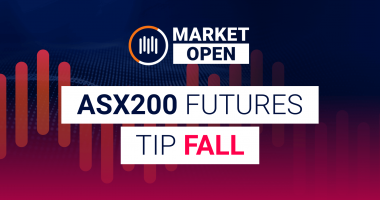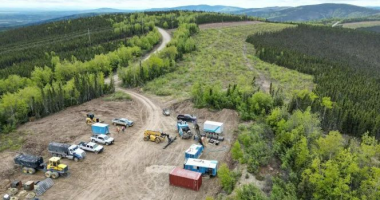This week, you might have caught wind of headlines insisting we were witnessing a “lithium rally.”
Lithium carbonate futures (on one specific market that trades them, located in China,) had a very small increase which prompted a note from Macquarie Bank that, in turn, caused excitement – as broker notes are sometimes designed to do.
People then began buying Pilbara Minerals (ASX:PLS) and other lithium stocks again because, hey, why not keep hitting a dead horse.
In turn, it looked like a real lithium rally was back.
But it wasn’t – not if you’re a normal human being.
What do you mean?
The small rise we saw in lithium carbonate futures on the Guangzhou Futures Exchange was only a rally for quant funds and algorithms looking to make marginal profits off a feather’s-touch increase in the price of a commodity.
All lithium products are still light years away from their former 2022 glory, in terms of prices, and the lithium market is still set to be in major oversupply for years to come.
These are the kind of macro headwinds that don’t just go away with good vibes and a blind eye.
To suggest there is any kind of “lithium rally” at all, in the meaningful sense for everyday long-term stock holders, is frankly absurd – if not, in my view, a little dodgy.
So what’s this about nickel?
Which is why it’s interesting to me that apparently we’ve all missed the fact Nickel prices are up over 7% in the last month.
In fact, nickel prices are for all intents and purposes at a three month high.
But looking at the finance media landscape, you wouldn’t know it, because it can sometimes feel like everyone still has their eyes glued desperately to lithium.
Take a look at the chart for nickel futures traded on the London Metals Exchange (LME) supplied by TradingEconomics.

To be fair, while I criticise people for watching one single lithium carbonate futures product increase on the Guangzhou Futures Exchange, it’s not like there’s never been any controversy with nickel on the LME.
Like lithium, we’re set to see nickel remain in oversupply, too, given Indonesia’s very helpful decision to become the world’s largest producer in the 2020’s.
Many Australian companies, roiling at our northern neighbours, are starting to claim they see a world where nickel with better ESG credentials will be sought after, but frankly, I don’t buy it.
I don’t buy it, because I don’t think anybody else will either.
In my view, that’s not really how business tends to work, and having the luxury to pick and choose ESG products at a premium also implies you’ve a lot of cash on hand with no one asking questions about your spending.
In the corporate world, at least, that’s probably not very realistic.
So why are prices rising?
The answer has to do, of course, with Indonesia – the country has delayed issuing new mining quotas which meant that Indonesian smelters reduced output.
That’s fundamentally the catalyst, and it’s linked to the Indonesian election currently sweeping the country, which have seen controversial character Prabowo Subianto claim victory.
(Fun fact: Subianto is an ex-military chief accused by some of torturing citizens.)
There’s also a view that Australia’s decision to include nickel on its critical minerals list may be prompting some bullishness over at the LME.
Personally, I can’t help but suspect that’s a view popular only in Australia, where commentators and bean-counters alike are often fond of over-exaggerating the ultimate importance of Australian markets (something I frequently do writing for this masthead.)
And then there’s the question of how long this uptick in nickel prices on the LME can last.
With Indonesian production set to keep charging ahead, this could be but a blip: much like lithium’s mid-week “rally.”








